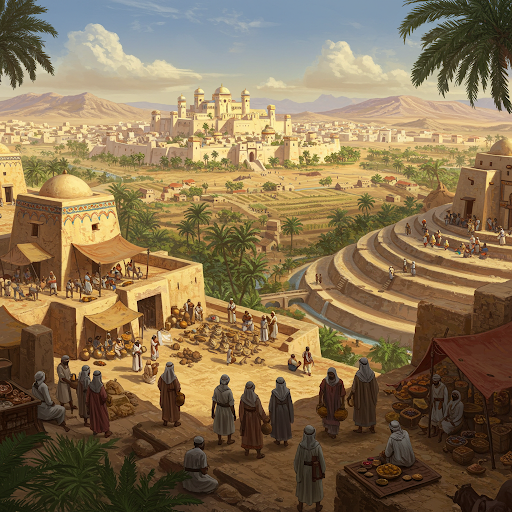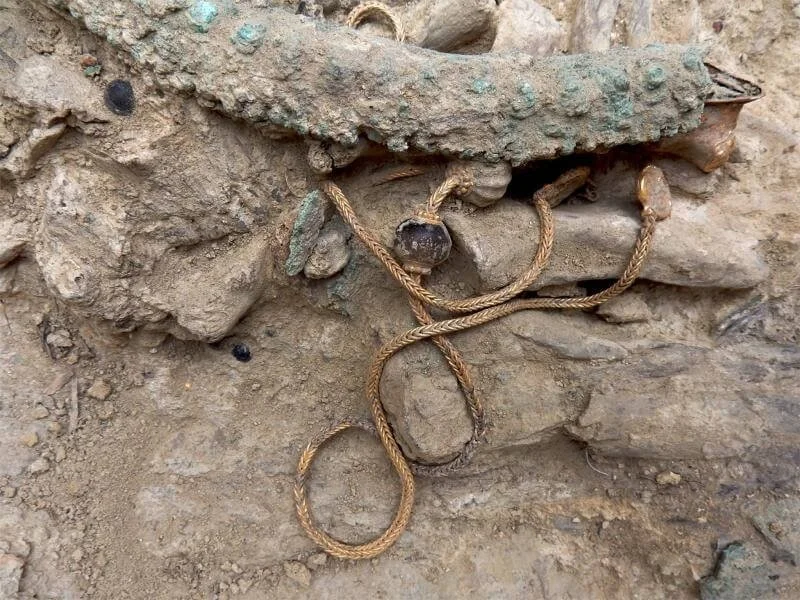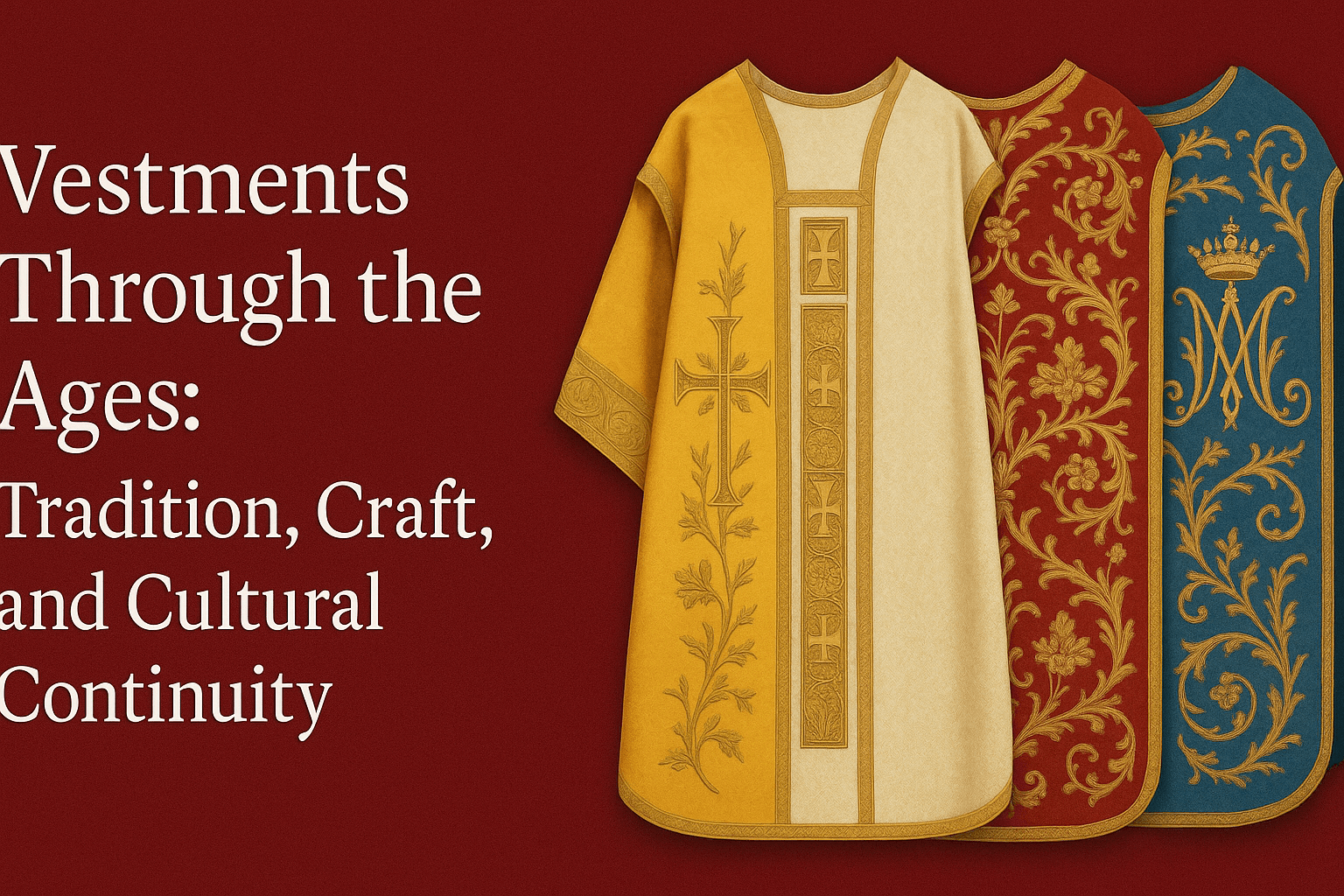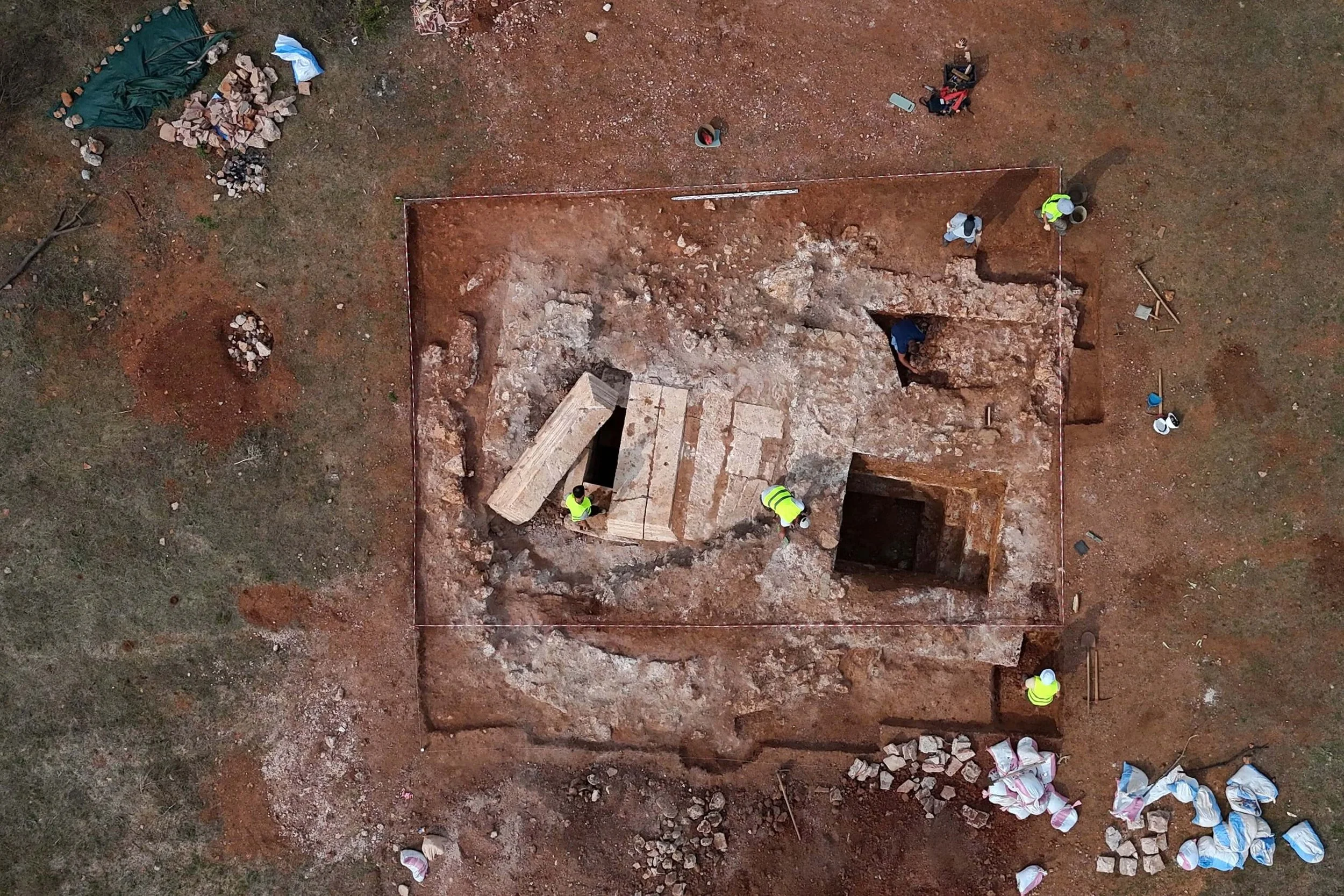The Kingdom of Ghana (c. 300–1200 CE) was one of the earliest and most powerful empires in West Africa. Located in present-day Mauritania, Mali, Senegal, and Western Sahara, it thrived due to its control of gold and salt trade routes across the Sahara. The empire was not directly related to modern Ghana but played a crucial role in shaping the region’s history, culture, and economy.
Daily life in Ghana revolved around trade, agriculture, governance, religion, and military organization. This article explores the structure of daily activities in the kingdom and how its people lived, worked, and interacted.
1. Social Structure: A Well-Ordered Society
The Kingdom of Ghana had a structured society with distinct roles for different classes of people.
Key Social Classes
The King (Ghana) – The ruler, considered semi-divine, who controlled trade, diplomacy, and military affairs.
Nobles and Officials – Advisors, governors, and judges who helped administer the kingdom.
Warriors – Served in the army, protected trade routes, and maintained order.
Merchants and Traders – Conducted business in gold, salt, ivory, and textiles, linking Ghana to North Africa and beyond.
Farmers and Herders – Provided food, raised livestock, and sustained the economy.
Artisans and Craftsmen – Specialized in ironworking, pottery, and weaving.
Griots (Oral Historians) – Preserved and passed down the history, myths, and traditions of the kingdom.
Slaves and Servants – Worked in households, farms, and trade but could sometimes earn their freedom.
While the king and nobles held great power, Ghana’s success relied on the cooperation of traders, warriors, and farmers who formed the backbone of society.
2. Homes and Architecture
Homes in Ghana were designed for comfort in the hot climate and made from locally available materials.
Urban Homes
In cities like Kumbi Saleh, houses were made of mud bricks with thatched or flat roofs.
The king’s palace was a large, fortified structure with separate sections for administration and residence.
Traders and wealthy merchants lived in larger, multi-room homes, sometimes decorated with carved wooden doors.
Rural and Village Homes
Built from clay, wood, and straw, arranged in circular or rectangular layouts.
Villages had communal courtyards, where families gathered and cooked meals.
Storage granaries held millet, sorghum, and dried foods for times of scarcity.
Cities like Kumbi Saleh had distinct sections for locals and foreign merchants, showing Ghana’s role as a trading hub.
3. Clothing and Personal Appearance
People in Ghana wore practical yet elegant clothing suited to the warm climate.
Men’s Clothing
Tunic-like robes (boubous) made of cotton or woven fabrics.
Loose trousers or wraparound skirts, depending on social status.
Leather sandals or bare feet, with decorated footwear for the wealthy.
Head coverings (turbans or caps), often influenced by North African styles.
Women’s Clothing
Wraparound skirts (pagnes), sometimes with beads or embroidery.
Blouses or simple cloth draped over the body.
Headscarves and braided hairstyles, often decorated with jewelry.
Jewelry and Accessories
Gold and copper bracelets, earrings, and necklaces, especially among merchants and nobles.
Beaded necklaces and charms believed to offer protection.
Leather amulets with Qur'anic verses, worn by those practicing Islam.
The ruling elite dressed in more elaborate imported fabrics, reflecting Ghana’s trade connections with North Africa and the Middle East.
4. Food and Diet: A Diverse and Nutritious Cuisine
Ghana’s diet relied on grains, vegetables, meat, and fish, influenced by trade and local agriculture.
Staple Foods
Millet and sorghum – Cooked as porridge or ground into flour for flatbreads.
Fonio – A small, protein-rich grain used in stews.
Rice, introduced through trans-Saharan trade.
Meat and Protein Sources
Goat, sheep, and cattle – Cooked in stews or dried for preservation.
Fish – Common near rivers, dried or salted for storage.
Chickpeas and lentils, brought from North Africa.
Fruits and Vegetables
Baobab fruit, dates, figs, and mangoes.
Okra, onions, and yams, often added to stews.
Beverages
Water from wells and rivers, sometimes infused with herbs.
Hibiscus and baobab drinks, high in nutrients.
Palm wine and millet beer, consumed during celebrations.
Food was often cooked in clay pots over open fires, and meals were shared communally within families or village groups.
5. Trade and Economy: The Wealth of Ghana
Ghana was famous for its gold and salt trade, which made it one of the wealthiest empires in West Africa.
Major Economic Activities
Gold mining – Gold from Bambuk and Bure was traded across the Sahara.
Salt trade – Salt from Taghaza and Taoudenni was highly valuable.
Craftsmanship – Ironworkers, leatherworkers, and weavers created goods for trade.
Agriculture and livestock – Supported the population and produced surplus food.
Markets and Trade Routes
Kumbi Saleh had massive markets where merchants traded gold, salt, textiles, ivory, and spices.
Caravans of camels transported goods across the Sahara, linking Ghana to North Africa, the Middle East, and Europe.
Ghana imposed taxes on traders, which strengthened the kingdom’s economy.
6. Religion and Beliefs
Traditional Spirituality
Many Ghanaians practiced animism, worshipping ancestral spirits, nature deities, and sacred objects.
Priests and diviners performed rituals to maintain harmony and predict the future.
Islam in Ghana
Islam spread through trade and scholarship, especially among the ruling elite.
Muslim merchants built mosques and schools, introducing Arabic writing and Islamic law.
Despite Islam’s presence, most people blended traditional beliefs with Islamic practices.
7. Governance and Law
The king (Ghana) held absolute power, ruling with the help of nobles and advisors.
Political System
Provincial governors (Farbas) managed different regions.
Village chiefs handled local disputes and law enforcement.
Oral tradition was used to preserve laws and history.
Legal System
Customary laws governed trade, family life, and land disputes.
Islamic courts handled contracts and religious matters in trading communities.
The kingdom’s strong leadership and justice system helped maintain stability and prosperity.
8. Military and Defense
Ghana’s army protected trade routes and borders, ensuring the kingdom’s security.
Weapons and Tactics
Spears, bows, and iron swords were commonly used.
Cavalry units fought on horseback for greater mobility.
Defensive walls and fortifications protected major cities.
Ghana’s military strength helped it resist external threats and expand its territory.
Conclusion: A Thriving and Prosperous Kingdom
The Kingdom of Ghana was one of West Africa’s greatest civilizations, known for its gold wealth, trade networks, and cultural diversity. Daily life was shaped by economic success, strong leadership, and religious traditions, creating a rich and enduring legacy.


























